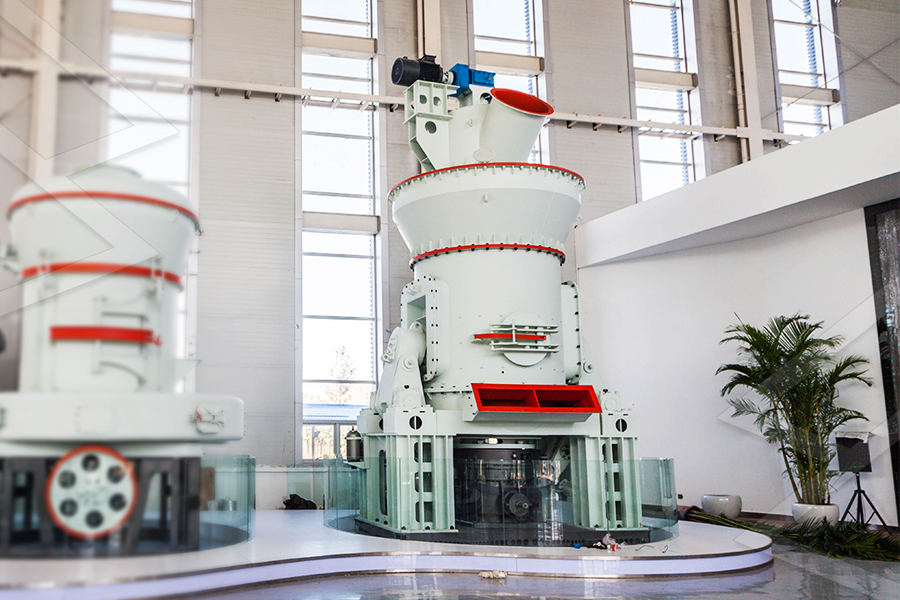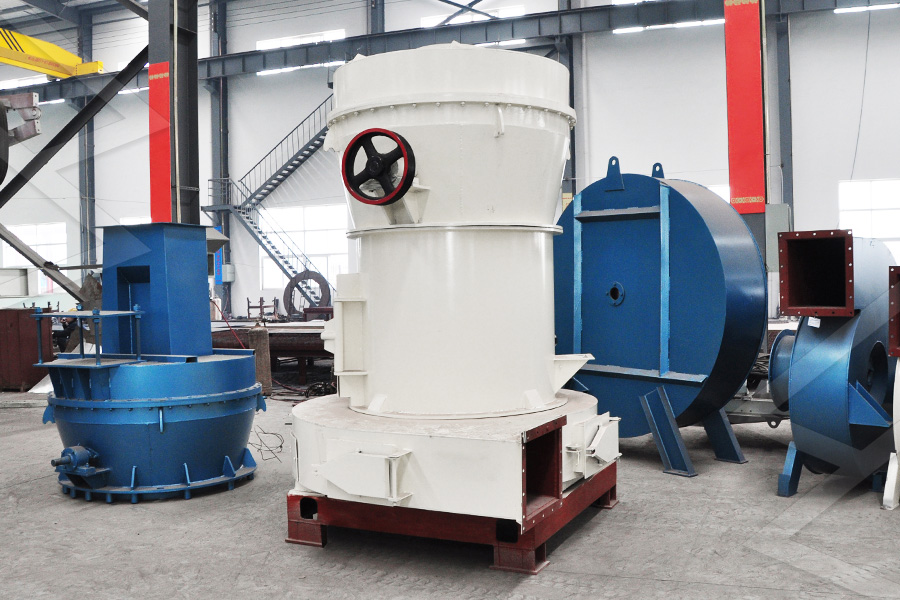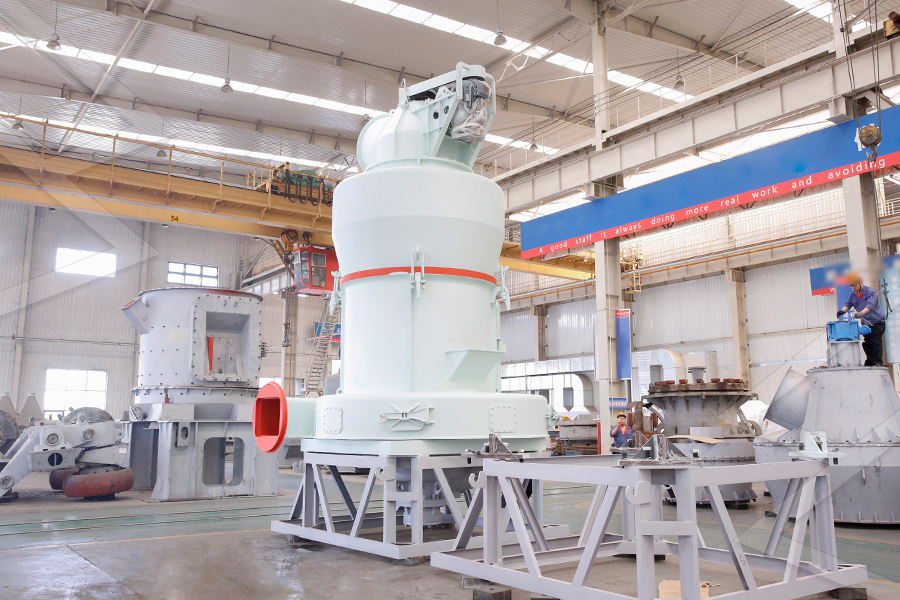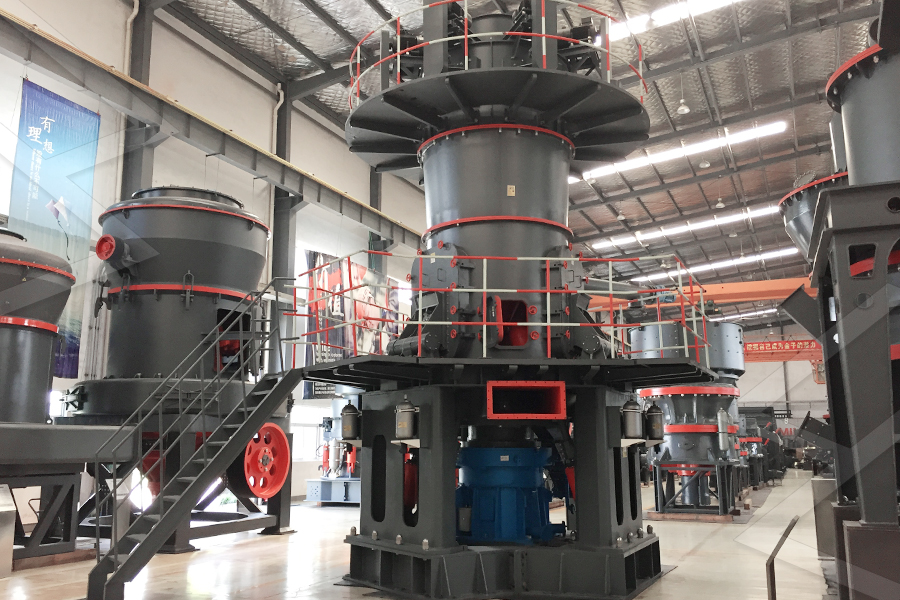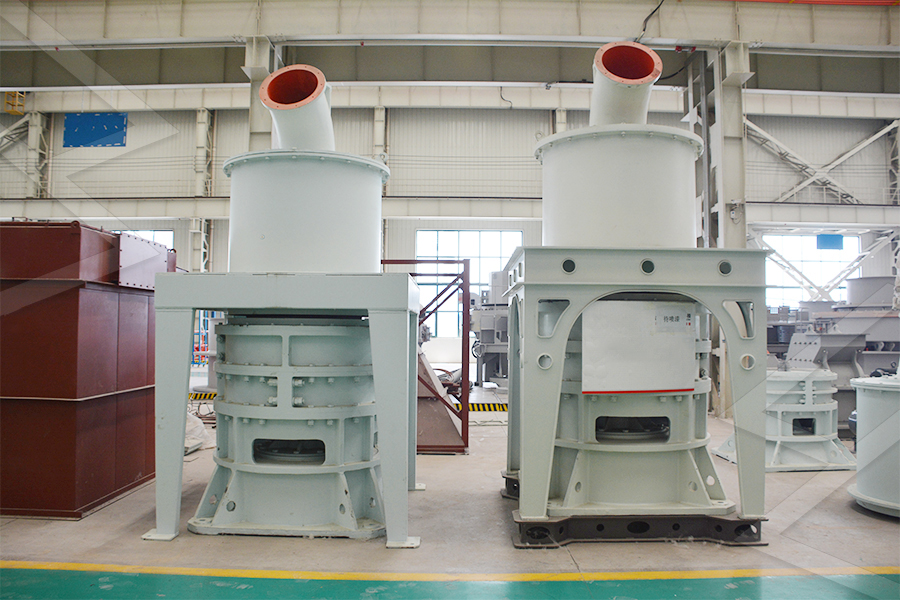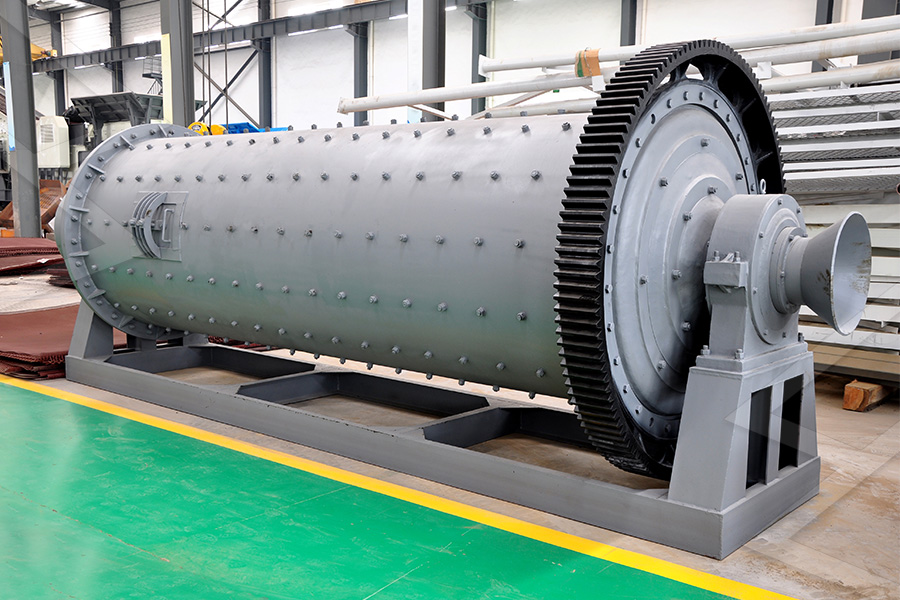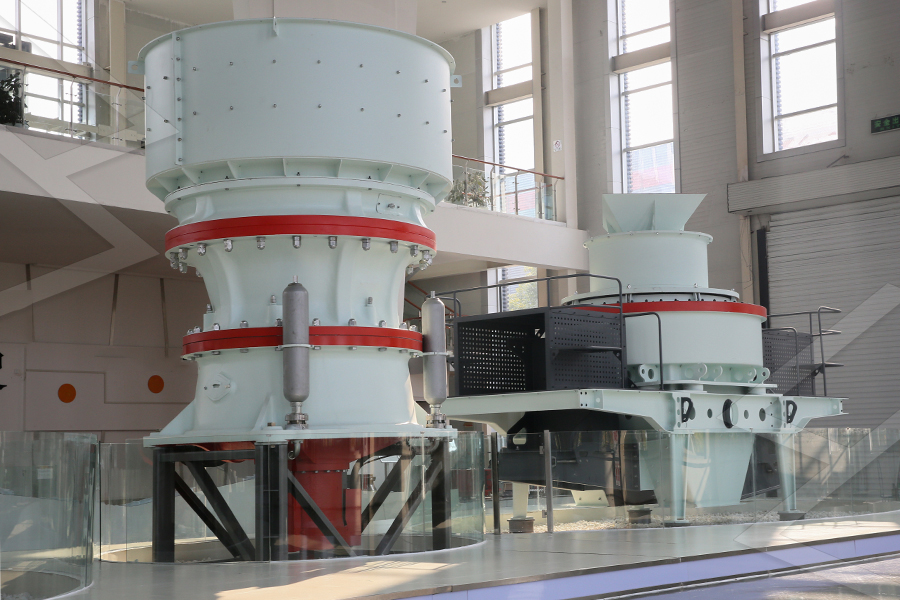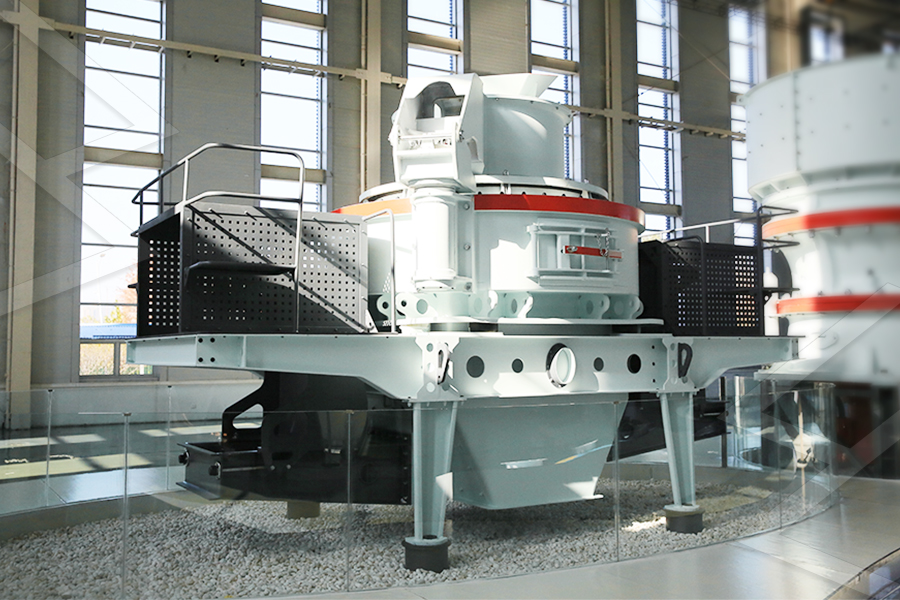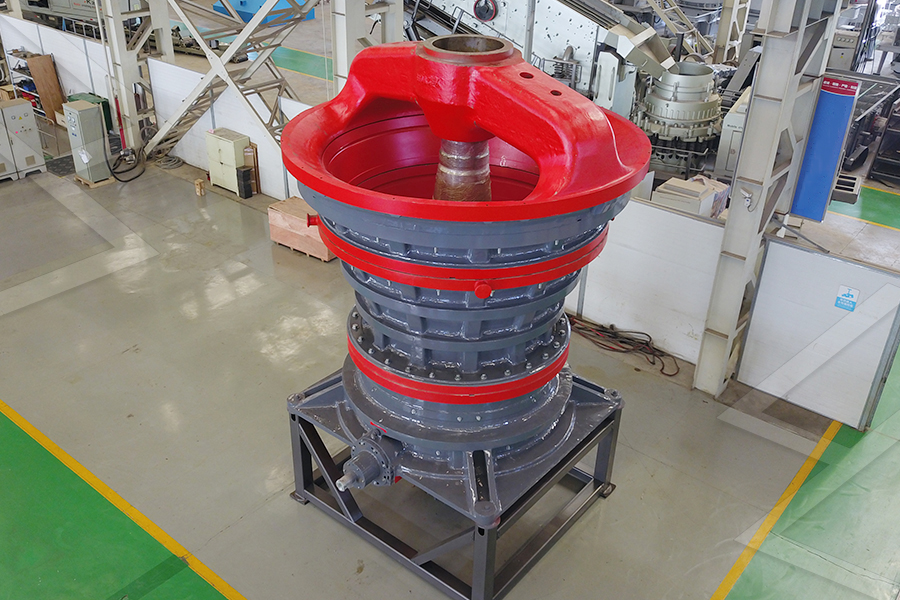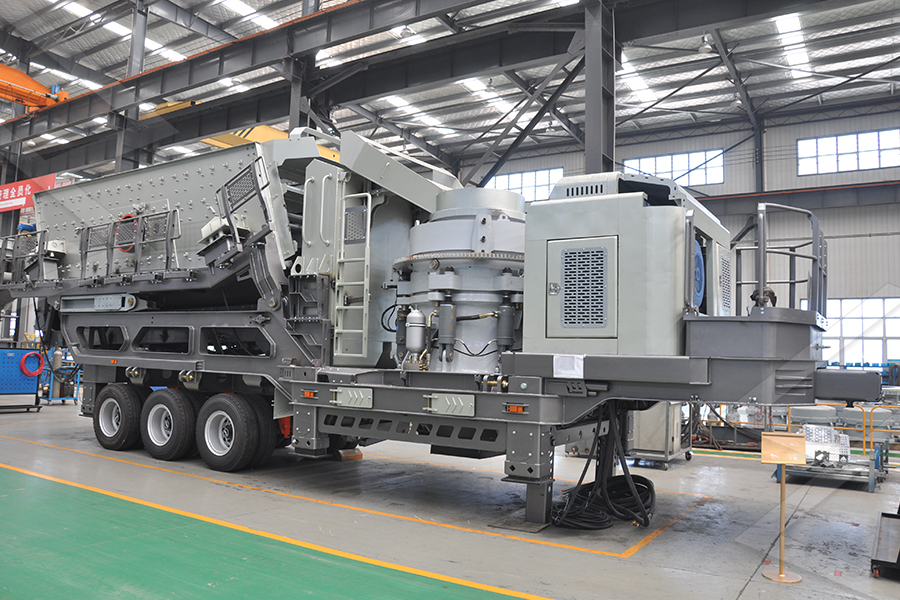Screening and crushing machines are heavy duty equipment used in the mining and construction industries to break down large materials into smaller, more manageable pieces. Screening machines sift through rock and soil to separate it into different grades, while crushing machines reduce materials to smaller sizes through applying high pressure. Different types of screening and crushing machines exist, each with its own set of spare parts that need to be regularly replaced. As such, manufacturers of these machines must keep a stock of spare parts on hand at all times to meet customer demand.
What are the different types of screening and crushing machines?
There are many different types of screening and crushing machines, each with its own unique set of parts. Here is a list of some of the most common types of machines:
Jaw Crushers: Jaw crushers are typically used for primary crushing (breaking down large rocks and stones). The moving jaw creates a compressional force on the material, which is then crushed between the stationary jaw and the moving jaw.
Impact Crushers: Impact crushers work by using impact rather than compression to crush materials. The material is fed into an enclosure where it is struck by blow bars or hammers attached to high-speed rotating rotor. The force of the impact shatters the material and it is then thrown against a breaker plate to further reduce its size.
Cone Crushers: Cone crushers use compression crushing where material is reduced by squeezing it between a concave liner (bowl liner) and mantle. Both surfaces are typically lined with manganese steel surfaces. The rock remains in the crushing chamber until it is small enough to fall through the gap at the bottom of the cone.
How to choose the right crushing and screening equipment?
There are a number of factors to consider when choosing the right crushing and screening equipment for your needs. Here are some tips to help you choose the best equipment for your operation:
1. Know your material.
You need to know what type of material you will be crushing or screening in order to choose the right machine. Different machines are designed for different materials. For example, jaw crushers are typically used for primary crushing, while impact crushers and cone crushers are better suited for secondary and tertiary crushing.
2. Consider your production needs.
How much material do you need to process? What is your throughput? These are important questions to answer when selecting your equipment. You want to make sure you have enough capacity to meet your production demands.
3. Choose the right size machine.
Size is an important consideration when choosing crushing and screening equipment. You want a machine that can handle the amount of material you need to process without being overloaded. Otherwise, you risk damaging the machine or slowing down your production.
4. Select features that improve efficiency.
Some features can help improve the efficiency of your crushing and screening operation. For example, a feeder with a variable speed control can help regulate the flow of material into the crusher, preventing it from becoming overloaded. Automated controls can also help optimize the operation of your equipment by making adjustments as needed based on real-time data feedback.
Once you have considered all of these factors, it is time to start looking at different models of machines. Talk to different manufacturers and get quotes from them. Compare the features and prices of each machine before making your final decision.
It is clear that there is a great demand for screening and crushing machines manufacturers. This is due to the increasing popularity of these machines in many industries. With the right supplier, you can be sure to get high quality parts that will last long and perform well. Do your research and find a reputable manufacturer who can provide you with the best possible products.
